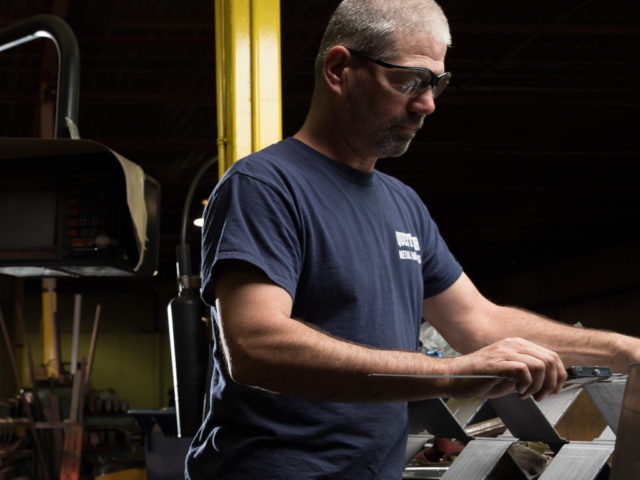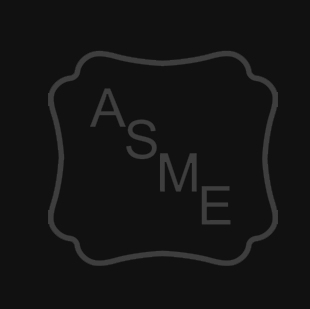Metal fabrication is a somewhat broad term for several types of fabrication processes. Cutting, punching, forming, shearing, stamping, welding are common fabrication techniques used to shape, cut, or mold raw metal material into a final product. Fabrication is distinct from other manufacturing processes. For example, unlike material that is assembled from ready-made components or parts, fabrication can either produce end products or can produce parts for use in completing those products.
Fabrication manufacturing processes differ depending on the material and the desired end product. The process can be used in making mass-produced products or custom designs. Whether mass-produced or custom designed, the end products are made with a wide range of metals and their alloys—stainless steel, carbon steel, aluminum, copper, brass to name a few. In industrial fabrication processes, chances are one or more of the following methods will be used to finish or produce a part or end product:
Common Methods or Types of Fabrication
Cutting
The cutting of a metal workpiece is a common fabrication technique in which the material is split or cut into smaller sections. Cutting can be used as a first step in a much larger fabrication process or the only step necessary in the process. The old days of sawing have been superseded by modern forms of cutting that utilize state-of-the-art machinery. From power tools to computer numerical computer (CNC) cutters, today’s methods include laser cutting, waterjet cutting, power scissors, and plasma arc cutting.
Forming
In manufacturing, forming is a fabrication process that bends or distorts metal to produce parts and components. Metal can also be formed via rolling, a compressive method utilizing CNC press brakes able to produce up to 400 tons of pressure. Strips or sheets of metal are continuously fed through parallel rollers that shape the workpiece into the desired form. During the process of forming, the metal material does not lose its mass, only its form.
Punching
Punch presses are mechanical devices or machines used to punch or create holes in metals. Punching, as a fabrication process, has a two-fold purpose. A punch press houses turrets that strike metal through or into a die. The result “punches” or creates uniquely designed holes in the metal. The finished product can either be the removed uniquely shaped pieces that were punched out from the metal, known as blanks, or the holes can be used for fastening purposes. Traditionally, in smaller fabrication shops punch presses are mechanical, but smaller and can be hand-powered. In large-scale fabrication operations, industrial CNC programmed presses are used to produce complex designs at greater output to meet both heavy and light metalwork.
Shearing
Used to trim or remove unwanted material from metal material, shearing is achieved by mounting two blades above and beneath the metal to produce one long, straight cut. The process is primarily used to cut smaller lengths and differently shaped materials, the blades can be mounted at angles to reduce the necessary shearing force required. Straight cuts are achieved by combining two tools, essentially blades, with one of the tools above the metal and the other one located below for applying pressure. The upper blade forces the metal down onto the fixed or stationary lower blade to fracture the piece and complete the separation.
Stamping
Similar to punching, stamping creates an indentation rather than a hole during fabrication. The turret presses against the metal forcing the die to stamp shapes, letters, or images into the metal workpiece. Accomplished through mechanical or hydraulic means, metal sheets up to 6mm (1/4 inch) thickness can be formed into specific shapes and sizes. Stamping machines can also cast, punch, cut, and shape metal sheets to create a wide range of products. Operations such as metal coining, blanking, and four slide forming are all performed with stamping machines.
Welding
One of the more common fabrication processes, welding is the art of joining two or more pieces of metal together utilizing a combination of heat and pressure. Metals can vary in shape or size. The three main types of welding procedures are Stick or Arc Welding, MIG Welding, and TIG Welding. Spot welding and stud welding are two other versatile welding applications used in industrial metal fabrication shops.



